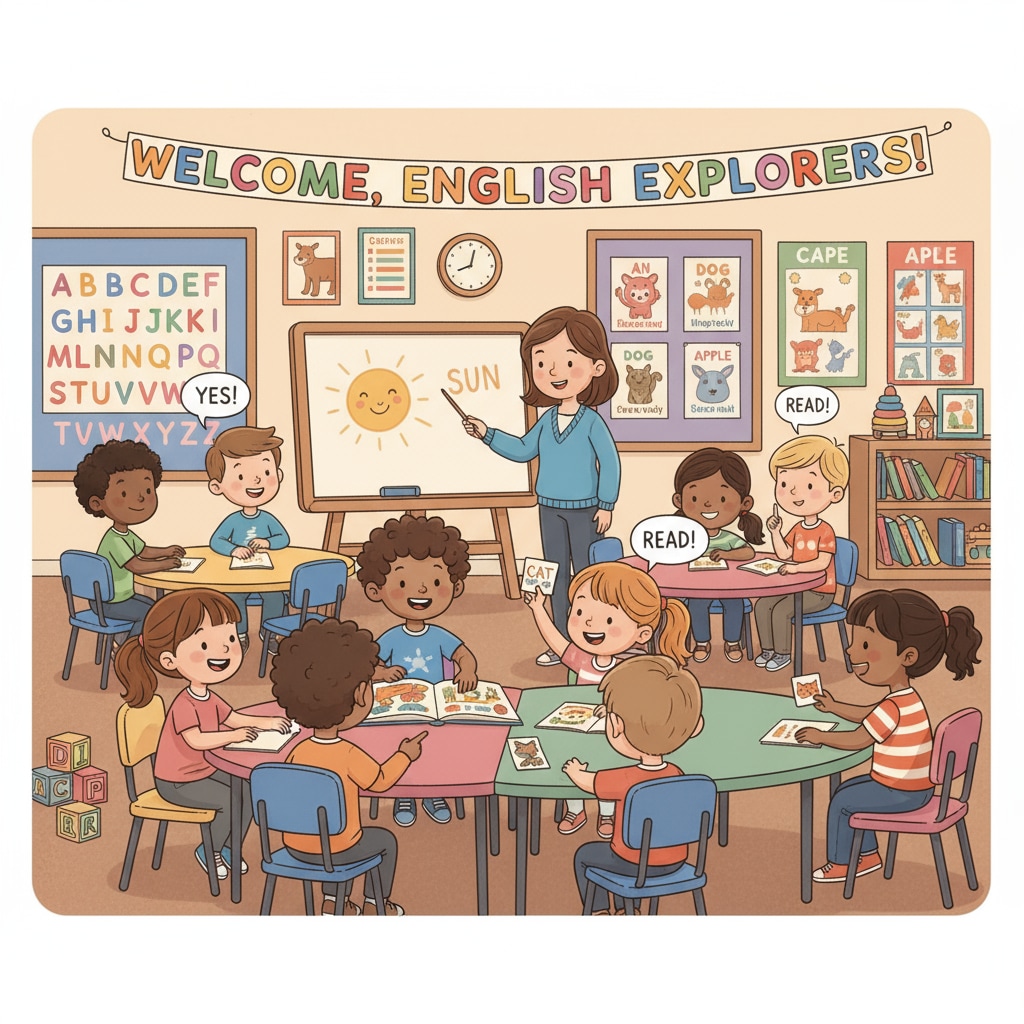Second language teaching in early primary schools involves a set of unique teaching methods. Finding the most effective strategies can greatly enhance children’s language acquisition experience. In today’s globalized world, introducing English at an early stage has become a priority for many parents and educators. Let’s explore some key approaches.

Online Short Lessons vs. Whole-Class Instruction
Online short lessons have gained popularity in recent years. They offer flexibility, allowing children to learn at their own pace. For example, platforms like Duolingo for Kids provide bite-sized lessons that can be accessed anytime. However, whole-class instruction also has its merits. In a classroom setting, students can interact with their peers and teachers in real-time, which boosts their speaking and listening skills. According to Britannica, group interaction is crucial for language development.
Game-Based Learning and Formal Training
Game-based learning is a fun way to engage young learners. Games such as “Word Bingo” or “Memory Match” can make learning English vocabulary enjoyable. This approach helps children associate learning with fun, increasing their motivation. On the other hand, formal training, like structured grammar lessons, provides a solid foundation. It ensures that children understand the rules of the language. As per Wikipedia, a balance between play and structured learning is essential for effective language acquisition.

When it comes to curriculum design, integrated courses, where English is taught in the context of other subjects like art or science, can make the learning more meaningful. For instance, learning English while doing a science experiment helps children apply the language in a practical way. Independent courses, however, focus solely on English language skills. They can provide in-depth instruction but may lack real-world context.
Readability guidance: By comparing these different teaching methods, educators and parents can make informed decisions. Each method has its pros and cons, and a combination of them might be the best approach for early primary English teaching.


